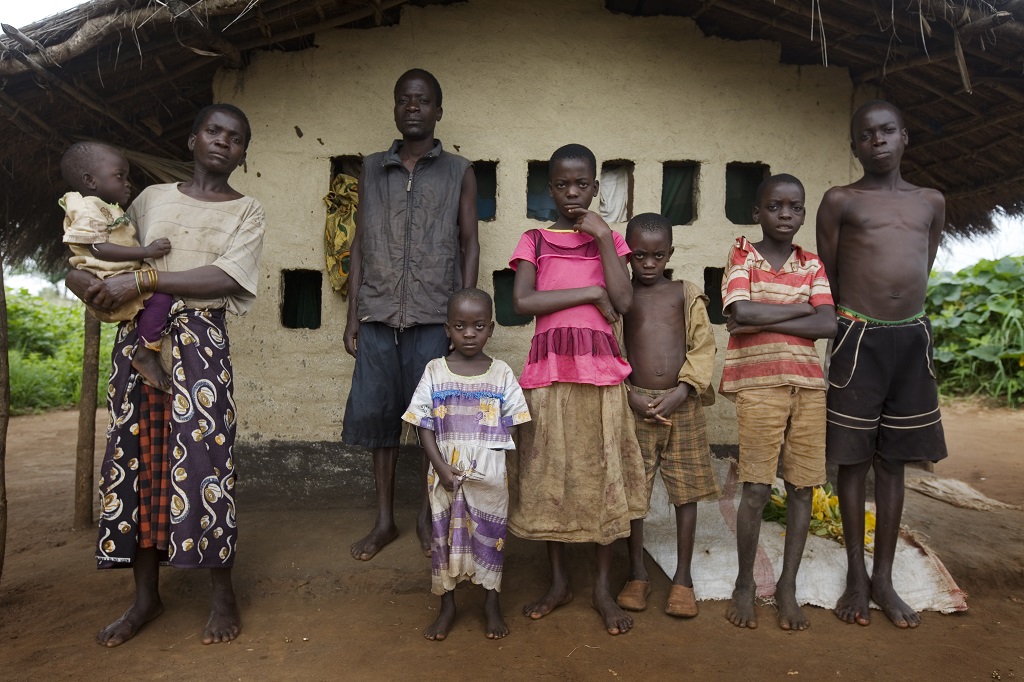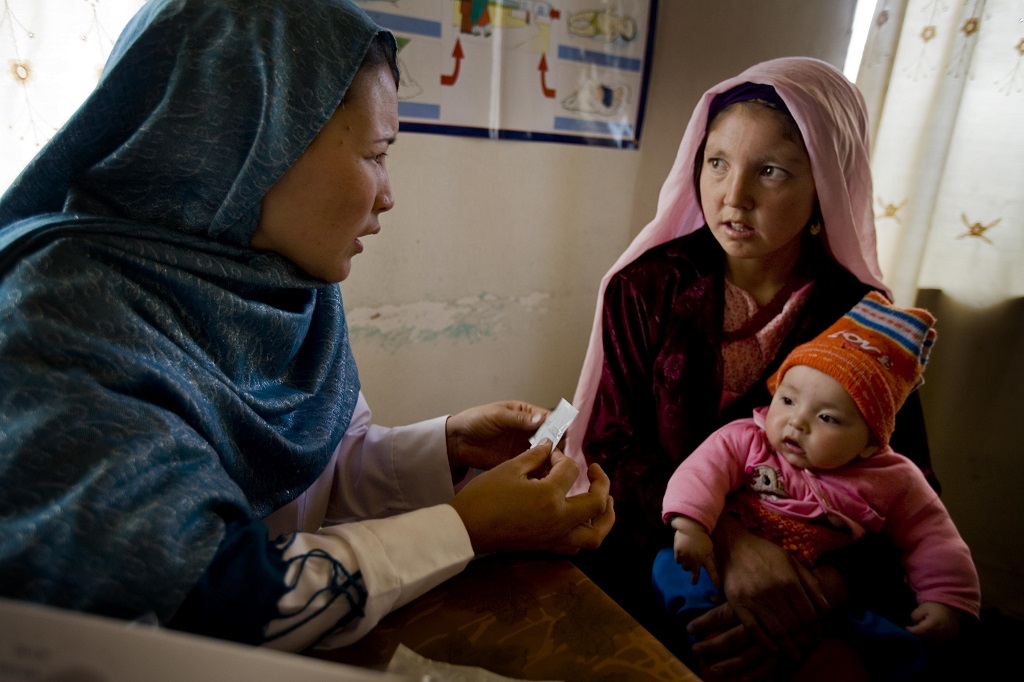This post originally appeared on the Global Moms Challenge website.
Clever love-makers of antiquity repurposed linens and animal intestines into practical devices to reduce their chances of pregnancy and disease. These technologies have, thankfully, since evolved, yet strive to accomplish the same goals.
Safe sex options continue to be a priority for people who are sexually active. And it is an ongoing challenge for health workers to disseminate accurate, age appropriate and culturally sensitive reproductive health (RH) information — and to give those who elect to use a modern contraceptive method the access they need.
As a reversible method, condoms have an advantage over other forms of birth control; they’re also accessible, can be used by breastfeeding women, and do not require the assistance of a health care provider. And they remain the only family planning item on the market with the dual purpose of protecting against both sexually transmitted infections (STIs) and pregnancy.
At USAID’s flagship Maternal and Child Survival Program (MCSP), we are committed to advocating for the RH of women and girls across the globe. In honor of International Condom Day February 14th, we’ve created a brief and annotated history of this simple invention that has protected people from disease and unwanted pregnancy for hundreds of years.
12,000 BCE: Males wrap it up
A drawing discovered in the Grottes des Combarelles of southwestern France depicts what anthropologists believe to be the first recorded evidence of a condom-like apparatus applied to male genitalia.
1,850 BCE: Women take matters into their own hands
The applicability of preventative techniques eventually expanded to include female RH as well: ancient papyri depict proactive females using chemical compounds and natural substances such as crocodile feces as intravaginal methods of contraception. (More recent research has observed that the alkalinity of crocodile dung actually created optimal intravaginal conditions for sperm.)
1540’s: STI scare
In Italy, Dr. Gabriele Falloppio discovered and publicized syphilis, which initiated a surge in condom advocacy to protect “adventurous” males. Animal-skin condoms were prevalent but difficult to obtain, thus they were often reused for several encounters.
1930’s: Condoms for everyone!
This decade saw groundbreaking innovation in contraception and disease prevention. Latex was developed, paving the way for a more sanitary one-time-use condom that closely resembles today’s version. Prior to the federal requirement for Food and Drug Administration approval for contraceptive devices, the “Gee Bee Ring” was also introduced as the inaugural version of the female condom.
1930’s: Condoms for everyone!
Condom sales had stagnated following the introduction of the birth control pill. But when the HIV crisis emerged in the 1980’s, sales of condom surged 33% in the US. Advertisement campaigns began to target both men and women.
Today: Innovation and education
Contraception and disease prevention have come a long way since the fish-bladder condoms of ancient Egypt. In the US, most high school students are required to participate in sex education classes, where they learn about the risks associated with pregnancy and disease, and the preventative measures available to them.
But while knowledge and access have drastically improved globally, economic, political, social and cultural factors still widely limit the ability of millions to obtain accurate RH information and resources. MCSP is working to create innovative approaches to increase service availability, access, quality, demand, equity and utilization of contraceptives.

Changes in the style and use of condoms continue to evolve. The female condom—one of the 10 underutilized products promoted by the UN Commission on Life-saving Commodities—is now available in the United States and about 130 other countries. This method gives women control and choice over their own sexual health: even when her partner does not want to use a male condom, a female condom allows women to protect themselves against HIV, other STIs, and unwanted pregnancies.
What can you do to advance the reproductive health initiative?

